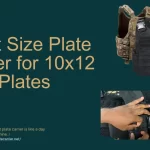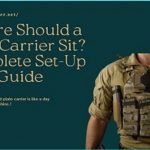Are you tired of spending a fortune on plate carriers that don’t fit your needs or budget? Are you looking for a guide on how to make a plate carrier? In this comprehensive guide, we will take a look at how to make a plate carrier.
Related Article: Plate Carrier Setup Guide
How to Make a Plate Carrier? | The important aspect to consider when making a plate carrier
Making your plate carrier can be a rewarding project, but it’s important to understand the risks and complexities involved. Here’s a breakdown of the process and some crucial considerations:
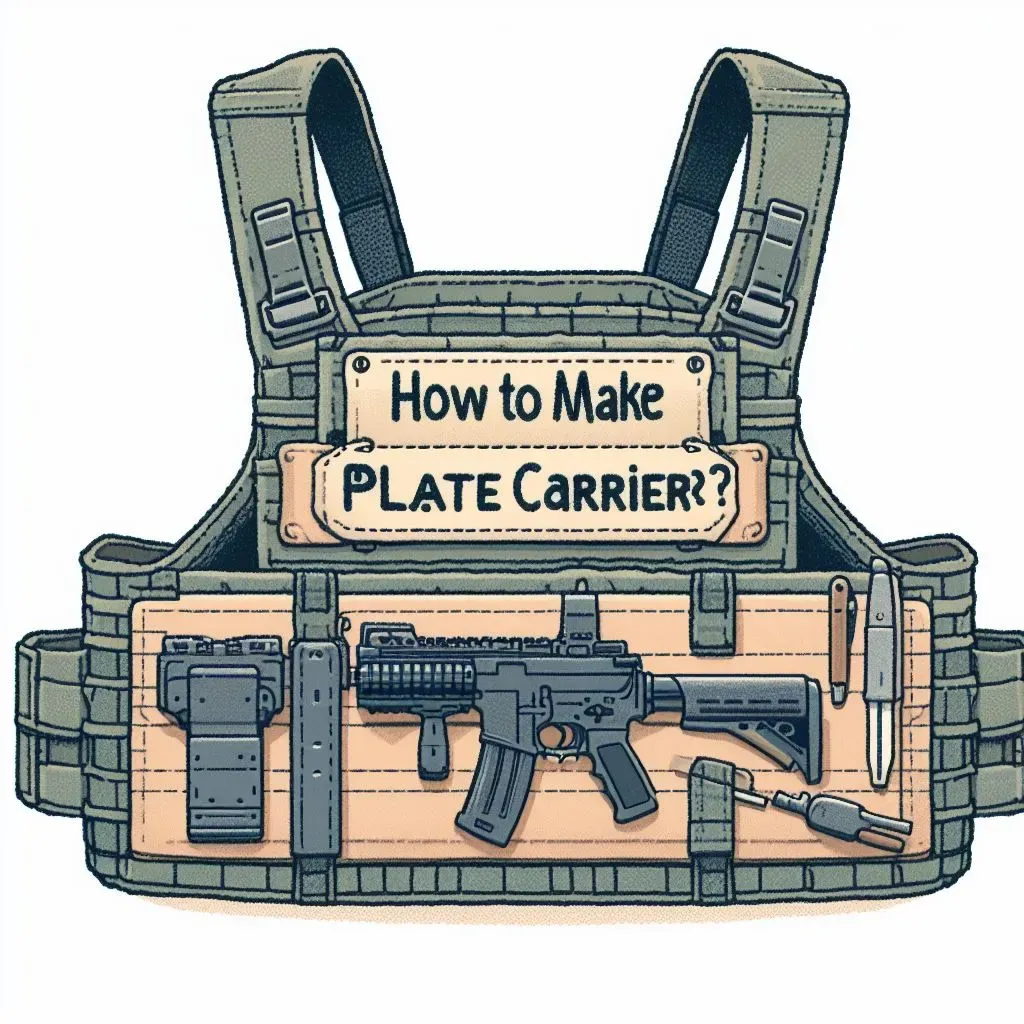
Materials Needed When Making a Plate Carrier
The first step in making a plate carrier is gathering all of the materials you’ll need. The main materials you’ll need include:
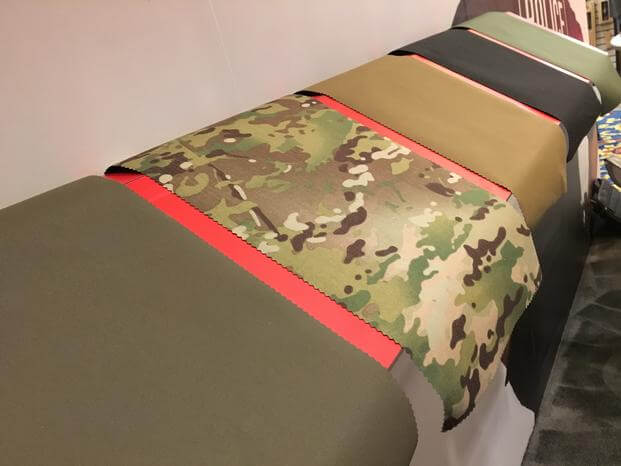
Step-by-Step Guide on How to Make a Plate Carrier
Once you have all the materials and tools, you can begin making your plate carrier. Here’s a step-by-step guide to follow:
Step 1- Choosing a Design
There are many different plate carrier designs to choose from, including low-profile carriers, chest rigs, and more. It’s important to choose a design that fits your needs and preferences. Think about what kind of activities you’ll be using your plate carrier for and what features are most important to you.
Step 2- Measure and Cut the Fabric
Start by measuring and cutting the Cordura fabric to the desired size. The front and back panels should be about 12”x10”, while the side panels should be about 6”x10”. You’ll also need to cut out two strips of fabric that are 4” x 10” for the shoulder straps.
Step 2: Sew the Shoulder Straps
Fold the shoulder strap fabric half lengthwise and sew along the long edge. Turn the straps right side out and press flat. Then, sew the 1” webbing onto the straps, leaving a loop at the end for the buckles.
Step 3: Attach the Buckles
Attach the 1” buckles to the shoulder straps by threading them through the loops you created earlier. Then, attach the 2” buckles to the front and back panels of the plate carrier.
Step 4: Sew the Webbing
Sew the 1” webbing onto the front and back panels of the plate carrier, leaving a loop at the top for the shoulder straps. Then, sew the 2” webbing onto the side panels, leaving a loop at the top for the buckles.
Step 5: Attach the Velcro
Attach the Velcro to the front and back panels of the plate carrier, as well as to the ends of the shoulder straps. This will allow you to adjust the fit of the plate carrier.
Step 6: Sew the Panels Together
Finally, sew the front and back panels together, using the 2” webbing to connect the side panels. Make sure to leave an opening at the bottom of the carrier to insert your plates.
Adding Accessories
To make your plate carrier even more functional, consider adding accessories such as magazine pouches, hydration bladders, and first aid kits. You can attach these accessories using the MOLLE system or sew them directly onto the carrier.
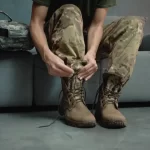
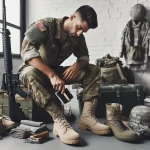
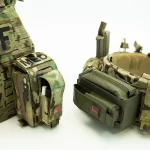
![How Many Mags On Plate Carrier? [2024 Ultimate Guide] How many mags on plate carrier](https://theplatecarrier.net/wp-content/uploads/2022/08/How-many-mags-on-plate-carrier-150x150.jpg)
